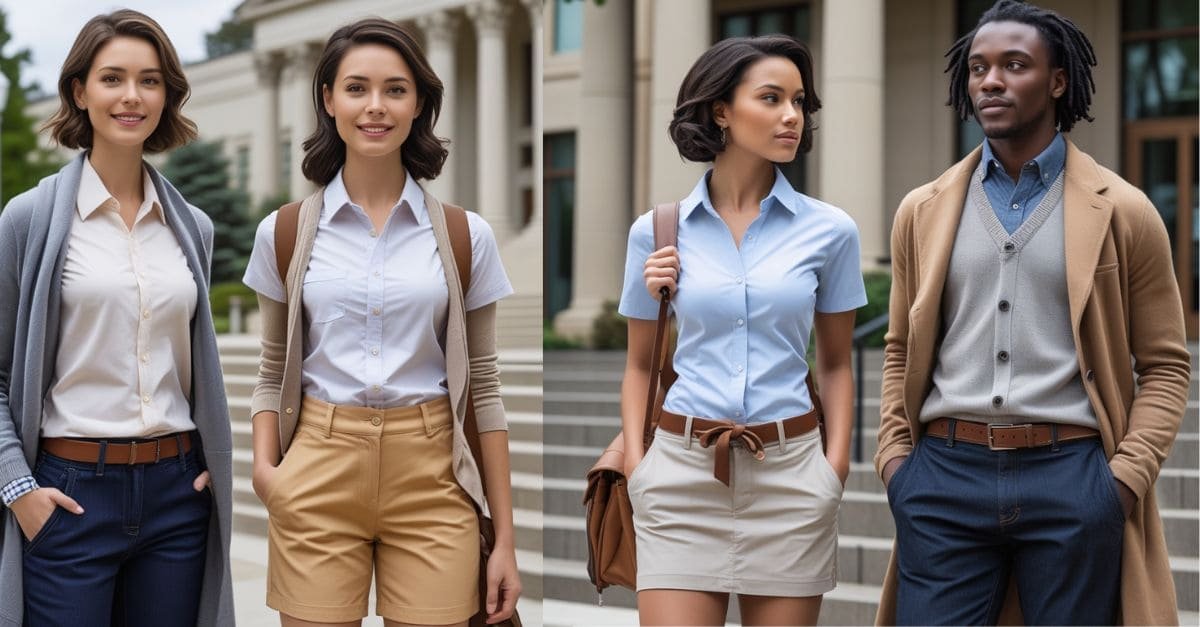Jury duty is a vital civic responsibility, and dressing appropriately shows respect for the court. Many people wonder if wearing jeans is acceptable. In most cases, yes—provided the jeans are neat, dark, and free of rips. Pairing jeans with a professional top can create a business-casual look that meets most court dress codes. However, it’s always wise to check your court’s specific guidelines before dressing.
This guide will help you understand how to wear jeans to jury duty while staying respectful and confident. By following a few simple tips, you can ensure your attire aligns with courtroom expectations. Whether you’re aiming for a polished business-casual look or need comfort for long sessions, this article will help you make the right choice.
Wearing Jeans to Jury Duty: Tips for Proper Attire
When called for jury duty, it is essential to dress in a way that demonstrates respect for the court. The jury duty dress code varies depending on the jurisdiction, but the general expectation is to maintain a professional appearance. Courts typically advise against overly casual or revealing attire.
Business casual includes slacks, skirts, collared shirts, and closed-toe shoes. Jeans may be permissible in some cases, provided they are clean, free of rips, and paired with professional-looking tops. However, it is always best to check your jury summons or the court’s website for specific guidelines.
Are Jeans Acceptable for Jury Duty?
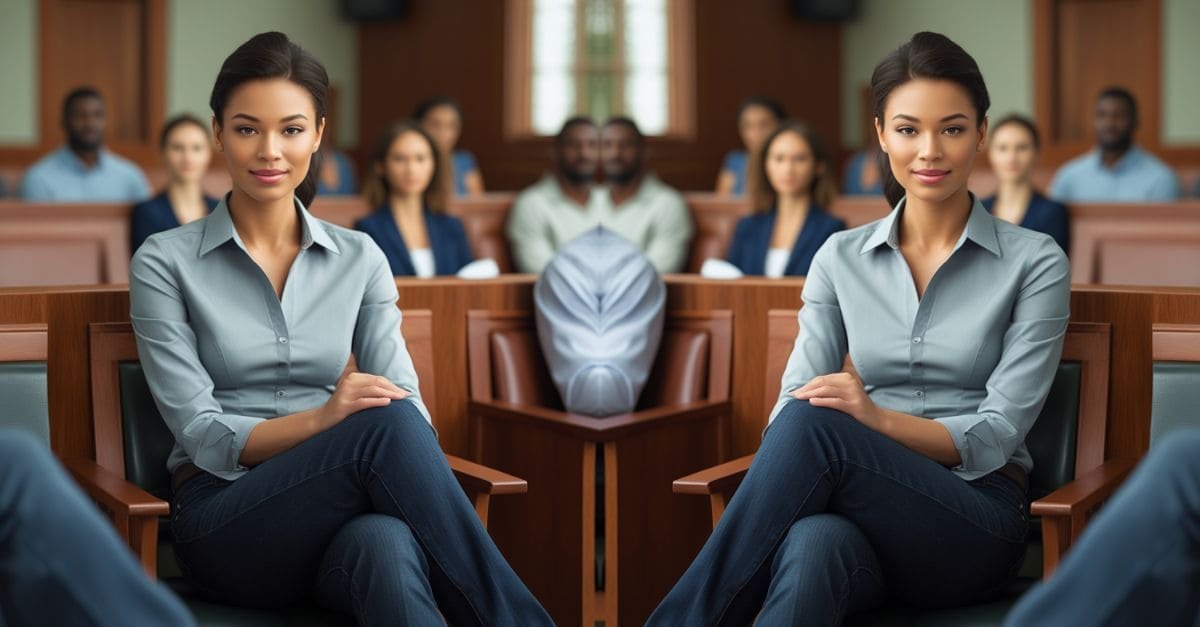
It looks inappropriate to wear jeans on jury duty. So you should avoid wearing them.
In most cases, jeans are allowed for jury duty if they are neat and modest. Dark jeans are preferable as they appear more formal compared to light-coloured or distressed styles. Pairing jeans with a blouse, button-down shirt, or sweater can create an appropriate business-casual outfit. Wearing a blazer with Jeans or a jacket can further enhance the look.
While some courts accept jeans, others may consider them too casual. To avoid potential issues, review the dress code listed on your jury summons or contact the courthouse directly. When in doubt, opt for more traditional business attire, such as slacks or skirts.
Business Casual vs. Casual Attire
The difference between business casual and casual attire is important to understand. Business casual strikes a balance between formal and relaxed clothing, making it suitable for court. Examples include:
- Business Casual:
Slacks, chinos, or dark jeans
Collared shirts, blouses, or sweaters
Closed-toe shoes like loafers or clean sneakers - Casual:
Ripped jeans, graphic t-shirts, or tank tops
Athletic wear like leggings or yoga pants
Open-toe shoes or flip-flops
Dressing in business casual attire ensures you meet court expectations while staying comfortable.
Jury Duty Dress Code: Seasonal Clothing Suggestions
Weather can influence what you wear to jury duty. In summer, lightweight fabrics like cotton are ideal. Pair a short-sleeve button-up shirt with chinos or a knee-length skirt. Avoid sleeveless tops unless paired with a cardigan or jacket.
For winter, layering is key. A sweater over a collared shirt with slacks or dark blue jeans ensures both warmth and professionalism. Consider a coat or scarf for added comfort. However, avoid bulky clothing that might feel uncomfortable during long hours of sitting.
Related: How to Dress For A Tea Party Tips and Ideas
Dressing to Get Selected for Jury Duty
Dressing appropriately for jury duty is essential, as it demonstrates respect for the legal process and increases your chances of being selected. By carefully following the court’s dress guidelines, maintaining a professional appearance, and ensuring comfort for long sessions, you present yourself as a responsible and serious candidate.
Understand Your Court’s Guidelines
Every court provides specific dress codes for jurors. These guidelines can usually be found online or in your juror information packet. Some courts may require formal attire, like a jacket and tie, while others may accept a simple collared shirt. Familiarize yourself with these rules to ensure your attire meets expectations. Following these guidelines demonstrates respect and increases your chances of being seen as a serious candidate.
Stay Professional
Dressing professionally can make a positive impression. If you aim to be selected or even lead as a jury foreman, ensure your outfit is neat and appropriate. While looking your best is important, avoid flashy or overly trendy clothing. A polished but understated look conveys competence and reliability.
Focus on Comfort

Court proceedings can last for hours, so wear comfortable clothing. Seasonal attire is important, and you should bring layers like a scarf or sweater for temperature changes. Choose shoes that don’t pinch and socks that are breathable. Being comfortable helps you stay focused and confident throughout the day.
Avoid Casual or Beachwear
Flip-flops, tank tops, shorts, and short skirts are not suitable for court. Some courts may even ask you to leave and return with more appropriate attire. If the weather is hot, modest sleeveless tops or dresses might be acceptable, but bring a jacket or cardigan to cover up if needed. Dressing respectfully reflects your understanding of courtroom decorum.
Opt for Business Casual
Business casual attire strikes the perfect balance between formality and comfort. Suitable options include slacks, khakis, knee-length skirts, button-down shirts, sweaters, or blazers. While formal attire isn’t necessary, dressing slightly above the minimum standard can help you stand out positively.
Avoid Slogans and Visible Branding

Clothing with slogans, logos, or symbols can distract and draw unnecessary attention. Political, religious, or controversial messages on attire may lead to additional questions during selection—or even dismissal. Neutral clothing helps you appear impartial and focused.
Dress Conservatively

Courtrooms are formal settings where people from all walks of life gather. Dressing conservatively ensures you meet social expectations without overshadowing the seriousness of the environment. Choose attire you might wear to work or a religious service to avoid making an inappropriate statement.
Wear Closed-Toed Shoes
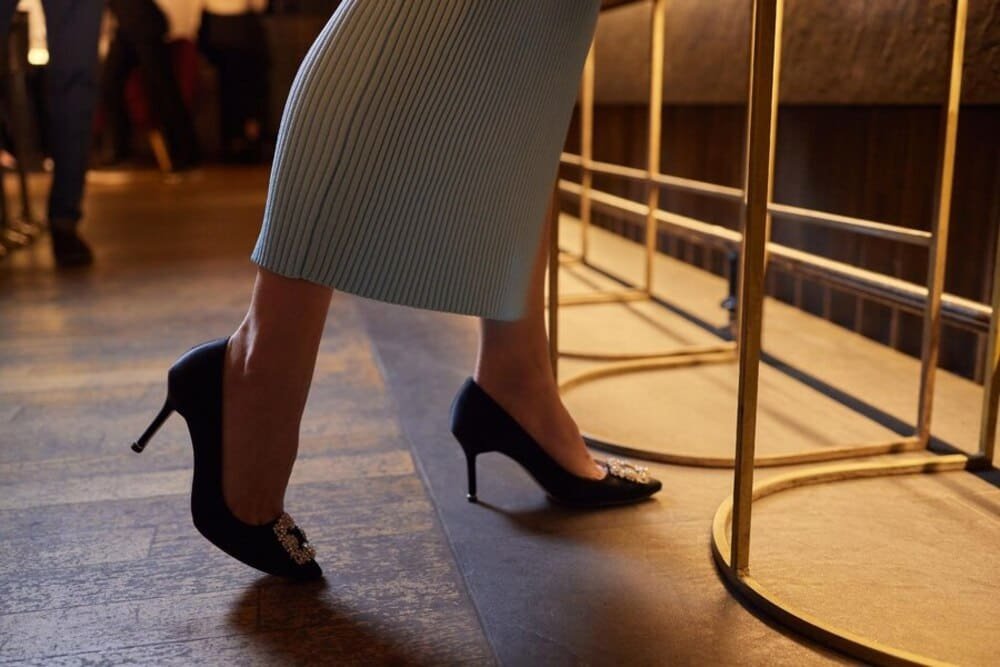
Closed-toed shoes are typically required in courtrooms and are more appropriate than sandals. Additionally, courtrooms can be cold, so comfortable shoes and breathable socks are a practical choice. This small detail contributes to both professionalism and comfort.
Carry Layers for Comfort
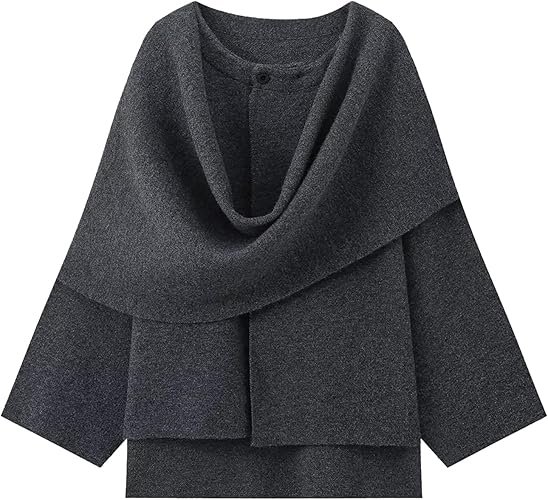
Courtroom temperatures can fluctuate, so bring a jacket, scarf, or other layers. These allow you to adjust your clothing throughout the day and stay comfortable during long sessions. Being prepared helps you focus better on your role.
Minimize Jewelry and Metal Accessories
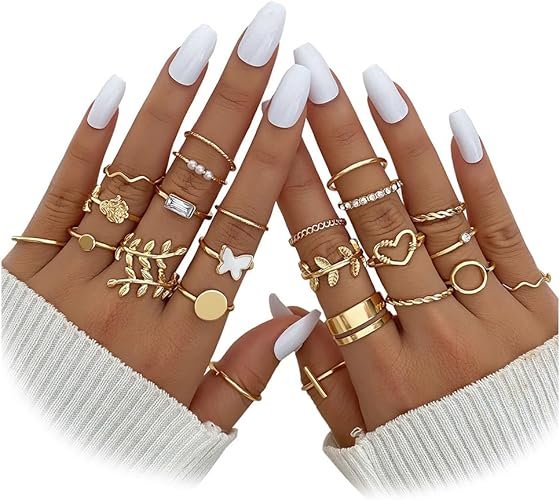
Many courts require passing through metal detectors. To save time, leave unnecessary jewelry and loose change at home. Keep essential metal items in your bag to avoid delays. This thoughtful preparation makes your experience smoother and stress-free.
Dressing to Avoid Selection for Jury Duty
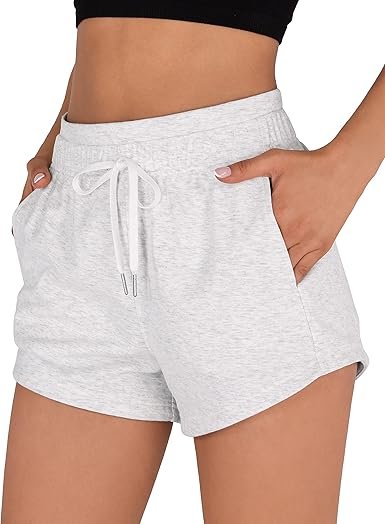
Push the Boundaries of Attire
If you aim to avoid jury duty, consider wearing clothing that slightly bends the rules. While it’s important not to violate courtroom guidelines outright, dressing unconventionally might lower your chances of selection. Striking this balance requires understanding your court’s dress code.
Dress Down Deliberately
Wearing poorly fitted or mismatched clothing can make you seem unprofessional. Even in courts requiring formal attire, a messy tie or oversized jacket may work against you. This approach subtly suggests you might not be the ideal candidate.
Prioritize Your Comfort
Even when trying to avoid selection, you’ll spend significant time in orientation or waiting. Wear comfortable clothing to avoid feeling too hot, cold, or restricted. Comfort helps you remain patient during long proceedings.
Display Slogans or Logos
Clothing with political, religious, or controversial messages can make you seem biased. This perceived partiality might reduce your chances of being chosen. Ensure your attire aligns with courtroom rules while subtly conveying an opinion that might disqualify you.
Emphasize Religious or Ethnic Expression
Visible expressions of religion or ethnicity may suggest personal biases, making you less appealing as a juror. Items like a yarmulke, hijab, or flag-patterned clothing can highlight individuality. This tactic works best when allowed under the dress code.
Wear Flashy Accessories
Bright, oversized jewelry or bold makeup can make you stand out in unconventional ways. This appearance may create the impression of someone who isn’t suitable for jury duty. Flashy or exaggerated elements can reduce your chances of selection effectively.
By carefully choosing your attire, you can either increase or decrease your chances of jury selection.
Appropriate Attire for Jury Duty
Dressing for jury duty should balance professionalism and comfort.
Here are some outfit ideas:
- For Men:
- Dark slacks or khakis with a collared shirt
- Dark jeans paired with a blazer and loafers
- For Women:
- Knee-length skirts or dresses with a blouse
- Dark jeans with a cardigan and closed-toe flats
Avoid overly casual clothing like shorts, tank tops, or graphic t-shirts. Footwear should be comfortable yet professional, such as loafers, flats, or clean sneakers. Open-toe shoes, flip-flops, and high heels are not recommended.
Fashion Tips for Cultural Sensitivity
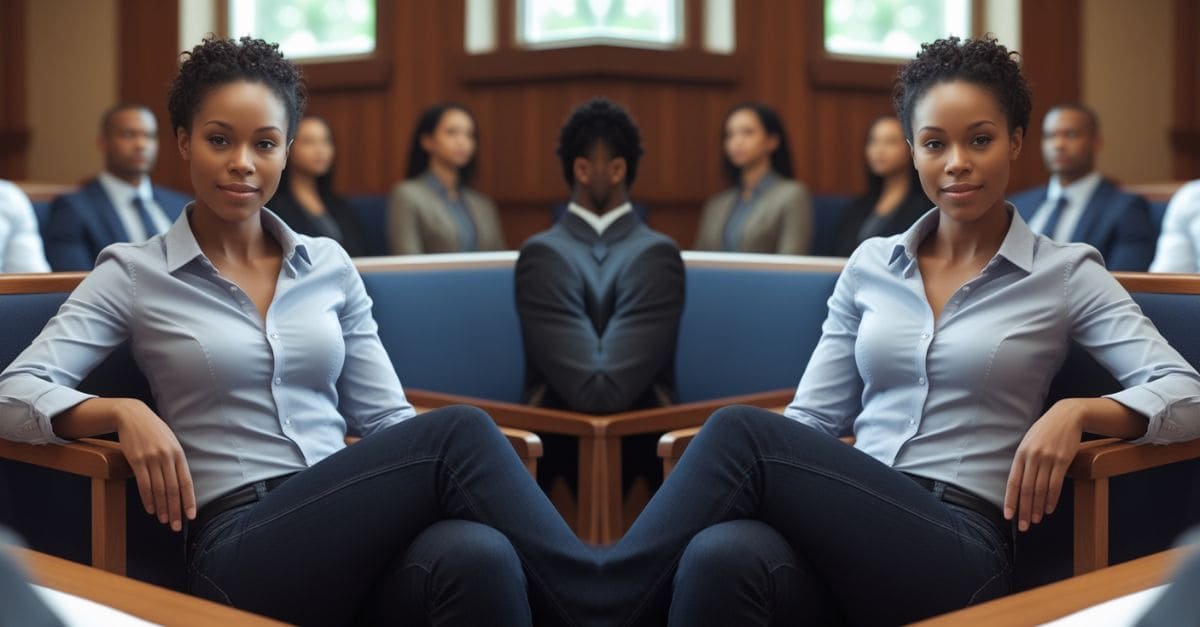
To ensure your outfit is courtroom-appropriate, consider these tips:
- Choose well-fitting clothing that is clean and in good condition.
- Avoid flashy accessories or bold patterns that draw unnecessary attention.
- Keep foundation and makeup minimal and natural-looking.
- Do not wear hats indoors unless required for religious reasons.
- If you prefer jeans with black shirts, opt for dark, plain styles paired with polished tops.
These choices reflect professionalism and respect for the judicial process.
Security Considerations at the Courthouse
Courts enforce strict security measures, and your clothing may impact your experience during screening. Metal detectors are common, so avoid excessive jewelry or clothing with metal details. Opt for simple outfits that do not trigger alarms unnecessarily.
Jeans themselves do not typically pose issues at security checkpoints. However, ensuring they are clean and properly fitted adds to your professional appearance. Cooperation with security staff contributes to a smooth check-in process.
Dressing Mistakes and Their Consequences
Failing to follow the jury duty dress code can lead to several consequences:
- Denial of Entry: You may be sent home to change, delaying the proceedings.
- Contempt of Court: In extreme cases, inappropriate attire could result in penalties such as fines.
By adhering to the dress code, you avoid these issues and fulfill your role as a juror effectively.
Effortless Style for Long Hours
Jury duty often involves extended periods of sitting, so comfort is crucial. Here are some practical considerations:
- Wear comfortable shoes that support prolonged standing or walking.
- Layer your outfit to adapt to varying courtroom temperatures.
- Choose breathable fabrics that keep you comfortable throughout the day.
Prioritizing comfort ensures you stay focused on your responsibilities.
Conclusion
If you appropriately wear jeans to Jury Duty shows respect for the court. Jeans are usually allowed, but they should be neat, dark, and paired with a professional top. Always check your court’s dress code to avoid problems.
FAQs: Can I Wear Jeans to Jury Duty? A Guide to Proper Attire
Can I wear jeans to jury duty?
Yes, as long as they are clean, neat, and paired with appropriate tops.
What should women wear to jury duty?
Professional options include knee-length skirts, tailored pants, blouses, and flats.
Can I wear a dress to jury duty?
Yes, provided it is modest and appropriate in length.
What about winter attire?
Layering a sweater over a collared shirt with slacks or dark jeans works well.

